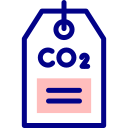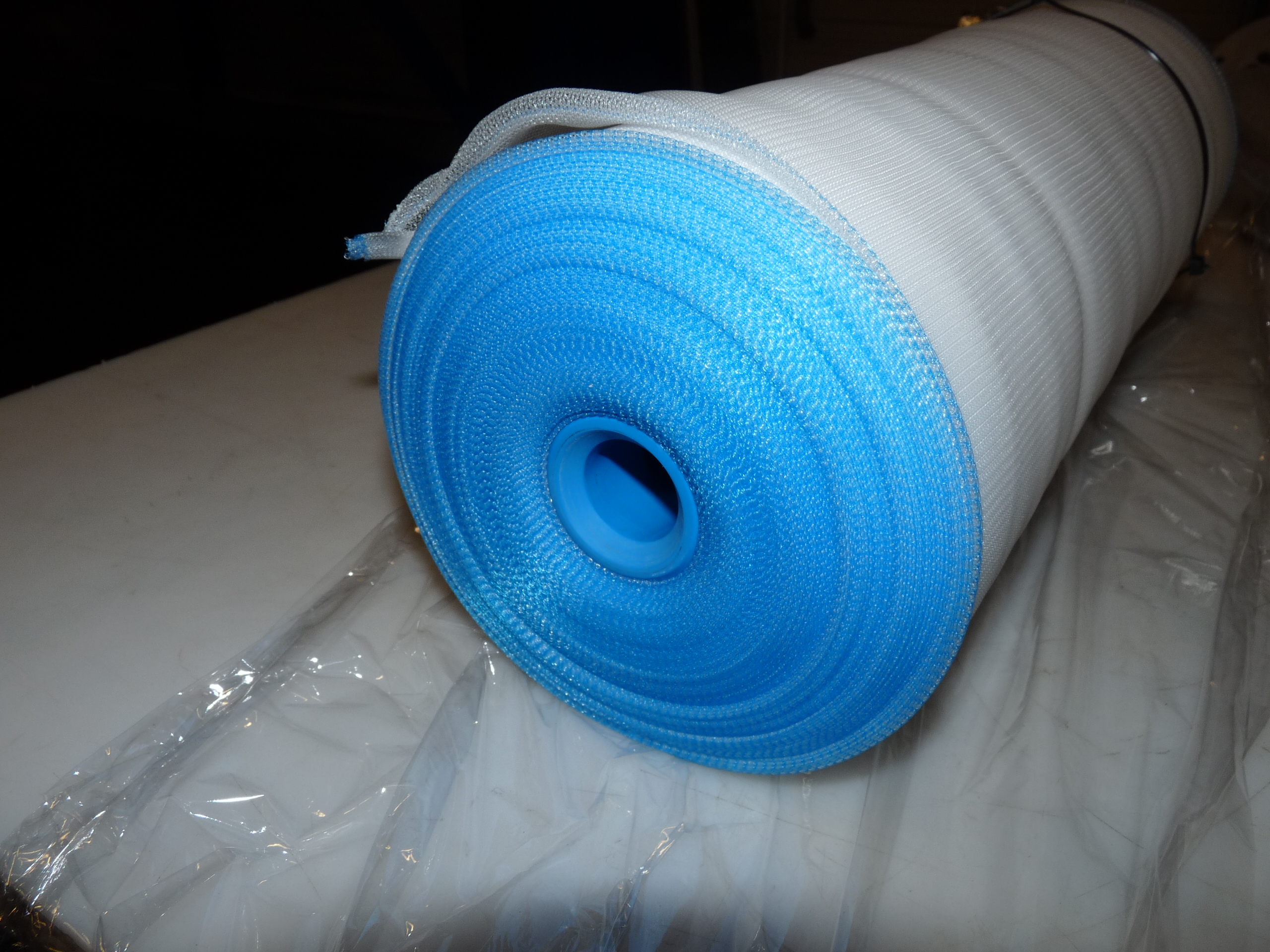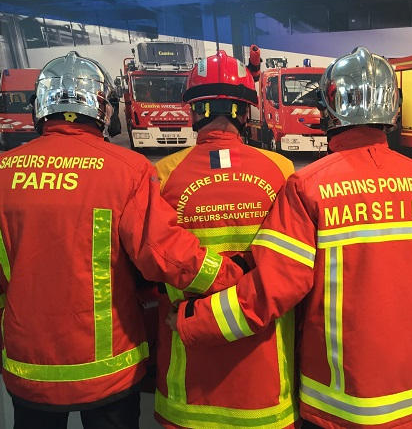Textiles
Supercritical CO2 is an ecological alternative to traditional solvents, non-polluting and efficient for the de-sensitization (degreasing) of all textiles of synthetic or natural origin.
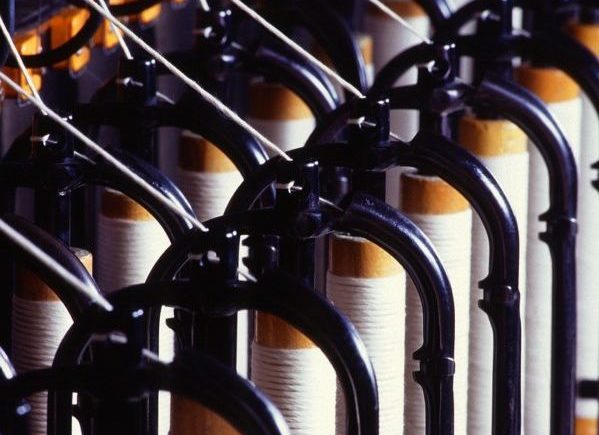
Desensitize and care for all textiles in a healthy, water-free process
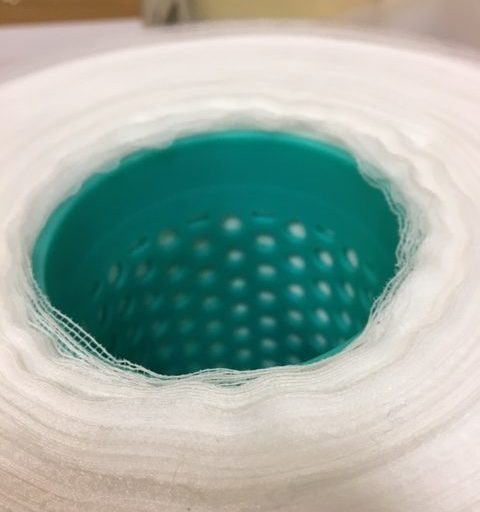
Desensitization of textiles in bulk or on a roll
The supercritical CO2 cleaning process can be used as an alternative to detergent processes for the de-sensitisation of polymeric textiles in bulk or on a reel.
The properties of supercritical CO2 allow it to diffuse into the core of the coils and to achieve levels of desensitization equivalent or superior to conventional processes while avoiding the generation of polluted effluents.
Dense Fluid Degreasing has already validated the compatibility of supercritical CO2 with many polymers:
![]() PE
PE ![]() PET
PET ![]() PP
PP ![]() PLLA
PLLA ![]() Silicone
Silicone ![]() Wool
Wool ![]() Cottonetc.
Cottonetc.
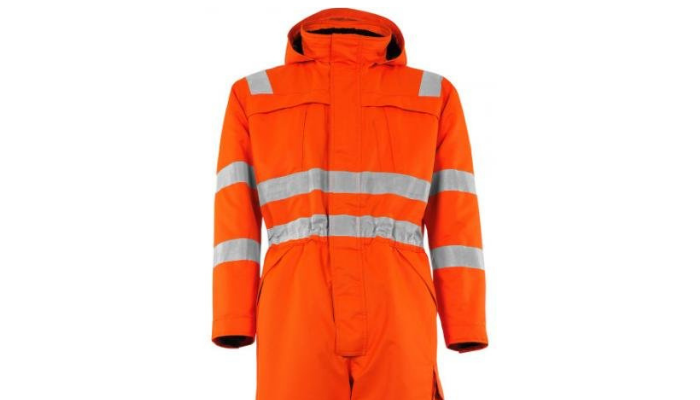
Care of professional textiles
PPE, work clothes, wiping cloths… Cleaning with supercritical CO2 and/or liquidCO2 is suitable for treating greasy soils, replacing perchloroethylene, hydrocarbon-based solvents and aqueous processes.
The use of dense CO2 under pressure makes it possible to treat textiles in a more hygienic and healthy way, to decontaminate and deodorize them.
Its neutrality with regard to fabrics and trimmings means that they are not oxidised or tarnished by cleaning.
More ecological, this cleaning process eliminates all water consumption and the reprocessing of polluted water.

Special case
Implantable medical textiles
For implantable textile medical devices, supercritical CO2 can easily achieve the lowest residual hydrocarbon levels ≤ 0.1% of the textile mass.
This process is an alternative to aqueous solutions using detergents and/or organic solvents (e.g. Soxhlet-ether).
![]() Removal of sizing oil comparable to or greater than levels achieved with conventional processes ≤ 0.1%
Removal of sizing oil comparable to or greater than levels achieved with conventional processes ≤ 0.1%![]() No detergent addition, no residual solvent to monitor
No detergent addition, no residual solvent to monitor![]() Cleaning time divided by 10
Cleaning time divided by 10 ![]() Operating costs divided by 4 due to low temperature dry processing without drying
Operating costs divided by 4 due to low temperature dry processing without drying![]() Strong decrease in bioburden with 4 to 5 log reduction
Strong decrease in bioburden with 4 to 5 log reduction
Special case
Fireman’s clothing
The problem of cleaning firefighters’ work clothes is becoming acute because firefighters are exposed to substances that may be carcinogenic. The washing processes for these garments must therefore be adapted and controlled to avoid these risks.
Dense Fluid Degreasing is open to trials with professionals in the industry to validate the performance of CO2 on these wash cases.
According to an article in the Sunday Times (25/02/18) relayed by CINET, British firefighters would be 3 times more likely to die of cancer before the age of 75, due to the inhalation of toxic substances but also by wearing contaminated clothing. According to Anna Stec, a professor at the University of Central Lancashire, skin cancer is the biggest risk from soiled clothing.
Discover other supercritical CO2 cleaning applications
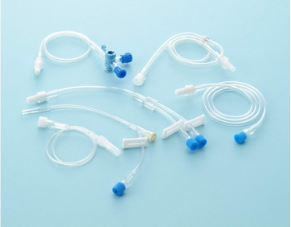
For the medical sector
![]() Range of machines adapted to the clean room environment
Range of machines adapted to the clean room environment![]() Offset machine body
Offset machine body![]() Pre-sterilization of DM
Pre-sterilization of DM
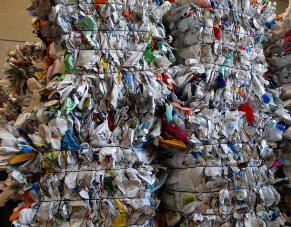
For recycling
![]() Recycling of metal chips
Recycling of metal chips![]() Extraction of pollutant molecules from a polymer matrix
Extraction of pollutant molecules from a polymer matrix
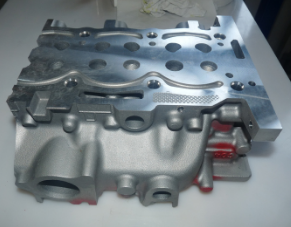
For the mechanics
![]() Suitable for all metallic and polymeric materials
Suitable for all metallic and polymeric materials![]() Ideal for complexparts
Ideal for complexparts ![]() Removes all residual traces of solvents
Removes all residual traces of solvents






